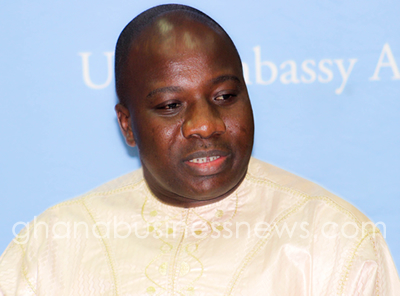
By Anne O. KRUEGER
Imagine someone announcing that they are going on a diet and then quitting exercise, doubling their caloric intake, and giving up just one piece of chocolate a day. Most people would conclude that the real goal is to gain weight, not to lose it.
The same could be said of US President Donald Trump’s economic policies: while allegedly aimed at stimulating growth and reducing inflation, they are likely to have the opposite outcome.
Historically, economic growth has been driven by innovation, capital accumulation, an educated and expanding workforce, increased efficiency, and the movement of people from rural areas to cities, where productivity is much higher. Among economists, there is broad consensus that growth thrives in a business-friendly environment governed by the rule of law.
But today, with labor-force growth slowing, there are few remaining gains to be made by shifting people from agriculture to higher-productivity sectors like manufacturing and services.
As traditional growth engines sputter, the most promising path forward lies in supercharging innovation, investing in education and training, and boosting capital accumulation.
Instead, Trump has erratically raised tariffs – lifting some while reinstating others – attacked leading American universities, urged Congress to cut taxes, and adopted immigration policies that will shrink and weaken the US labor force.
Coupled with his proposed budget bill, these moves are bound to fuel inflationary pressures, introduce further uncertainty, and reduce economic efficiency.
Trump’s tariff increases will undermine long-term growth by diverting investment away from productivity-enhancing technologies and innovation. Instead of developing new goods and services, resources will be directed toward producing expensive domestic substitutes for low-cost imports.
Worse, Trump has hiked tariffs in ways that maximize uncertainty – the opposite of the stable, business-friendly environment that economic growth requires.
If tariffs and a deteriorating business environment were the only forces dragging down GDP growth, America’s economic outlook would already be grim. But the damage is compounded by demographic trends.
For starters, population growth is slowing. Without increased immigration, America’s population is projected to begin declining in 2038. Between 2023 and 2038, according to the US Census Bureau, the entire workforce is expected to grow by less than 4%.
One key reason US GDP growth has outpaced that of most other developed economies since the COVID-19 pandemic is its relatively high immigration rate.
But the Trump administration’s anti-immigration policies will inevitably lead to the substitution of capital for low-skilled labor. This, in turn, is likely to reduce the rate of return on capital and slow overall economic growth.
Trump has also promised to slash government spending, allowing Elon Musk’s Department of Government Efficiency to fire tens of thousands of federal employees. In practice, however, these sweeping layoffs have been so indiscriminate that some fired workers have been asked to return to their former jobs.
As is often the case in such situations, even the announcement of job cuts has prompted many highly trained and experienced employees to resign before receiving formal notice, with high-profile officials reportedly “fleeing in bunches across agencies.”
Worse still, Trump has launched an unprecedented attack on the higher education system – a pillar of US soft power that attracts top talent from around the world and generates billions of dollars in educational exports.
Research at leading universities, much of it in collaboration with government agencies, has been central to maintaining America’s technological leadership.
Yet funding for government-supported research projects at many universities has been delayed or withdrawn, leading to a growing academic brain drain. Numerous research projects have been halted, and many would have to be restarted from scratch if they are resumed at all.
The economic implications could be far-reaching. With US birth rates already declining, colleges and universities are competing for fewer students, and some institutions are closing altogether. Despite this, the Trump administration is revoking student visas and has even barred Harvard from enrolling international students, further shrinking the pool of prospective workers – particularly those with advanced degrees and valuable technical skills.
By cutting research funding, turning away international talent, attacking higher education, and creating tariff chaos, the Trump administration is severely undermining the foundations of American prosperity.
With fewer research breakthroughs and a shrinking, less-skilled workforce, America’s ability to drive economic growth through innovation is in serious jeopardy.
A country’s power largely rests on the strength of its economy. While Trump’s policies may push the US toward a recession, that could be the least of its worries. The greater danger is the growing likelihood of a prolonged economic slowdown, if not outright stagnation.
Anne O. Krueger, a former World Bank chief economist and former first deputy managing director of the International Monetary Fund, is Senior Research Professor of International Economics at the Johns Hopkins University School of Advanced International Studies and Senior Fellow at the Center for International Development at Stanford University.
The post Trump’s anti-growth policies appeared first on The Business & Financial Times.
Read Full Story

















Facebook
Twitter
Pinterest
Instagram
Google+
YouTube
LinkedIn
RSS